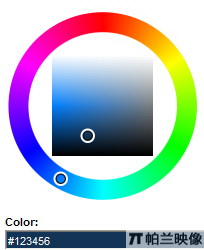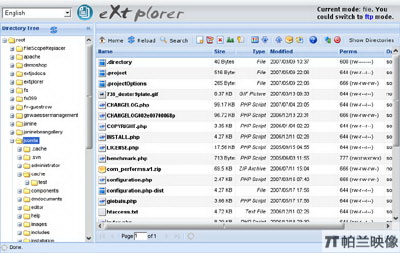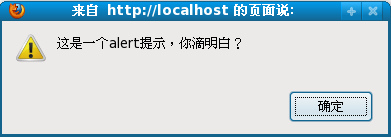|
|
This is especially useful if you use one to interact with the user at given intervals (e.g. use a prompt or confirm call): this will avoid multiple message boxes all waiting to be actioned.
這個對象就是可以周期性的執行某個方法,但是在它內部維持了一個狀態,可以防止由于某些原因一次調用沒執行,然后下一次調用又來了,這樣會造成連續執行兩次方法。上面的第二斷英文就是這個意思。
幫助文檔上說這個對象只提供了一個方法stop,但是在我看的源碼里還提供了一個事件onTimerEvent,應該可以在某個時候觸發這個事件。但幫助文檔上沒有給出示例。
這個對象源碼比較簡單,這里直接貼出來了,就不再注釋了:
復制代碼 代碼如下:
var PeriodicalExecuter = Class.create({
initialize: function(callback, frequency) {
this.callback = callback;
this.frequency = frequency;
this.currentlyExecuting = false;
this.registerCallback();
},
registerCallback: function() {
this.timer = setInterval(this.onTimerEvent.bind(this), this.frequency * 1000);
},
execute: function() {
this.callback(this);
},
stop: function() {
if (!this.timer) return;
clearInterval(this.timer);
this.timer = null;
},
onTimerEvent: function() {
if (!this.currentlyExecuting) {
try {
this.currentlyExecuting = true;
this.execute();
} catch(e) {
/* empty catch for clients that don't support try/finally */
}
finally {
this.currentlyExecuting = false;
}
}
}
});
看一下示例:
復制代碼 代碼如下:
new PeriodicalExecuter(function(pe) {
if (!confirm('Want me to annoy you again later?'))
pe.stop(); },
5);
// Note that there won't be a stack of such messages if the user takes too long
// answering to the question...
JavaScript技術:Prototype PeriodicalExecuter對象 學習,轉載需保留來源!
鄭重聲明:本文版權歸原作者所有,轉載文章僅為傳播更多信息之目的,如作者信息標記有誤,請第一時間聯系我們修改或刪除,多謝。



